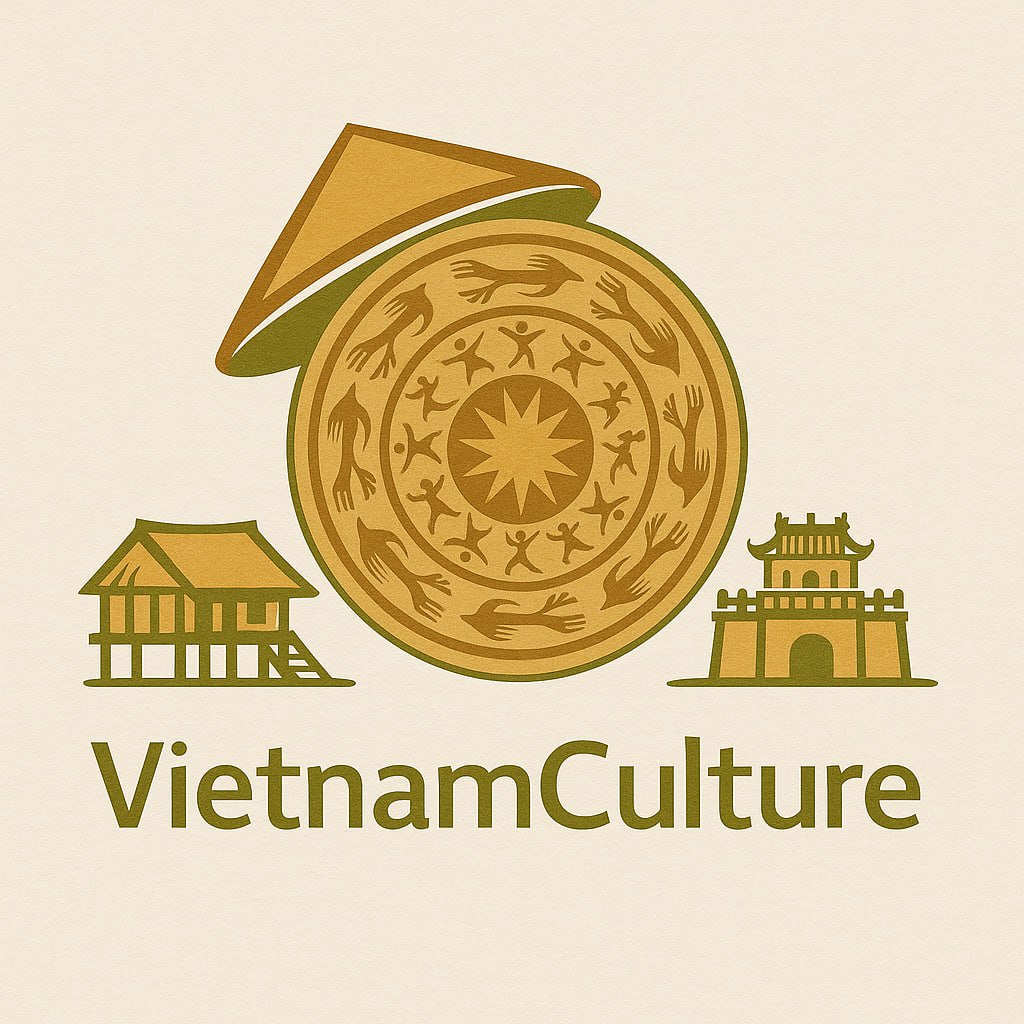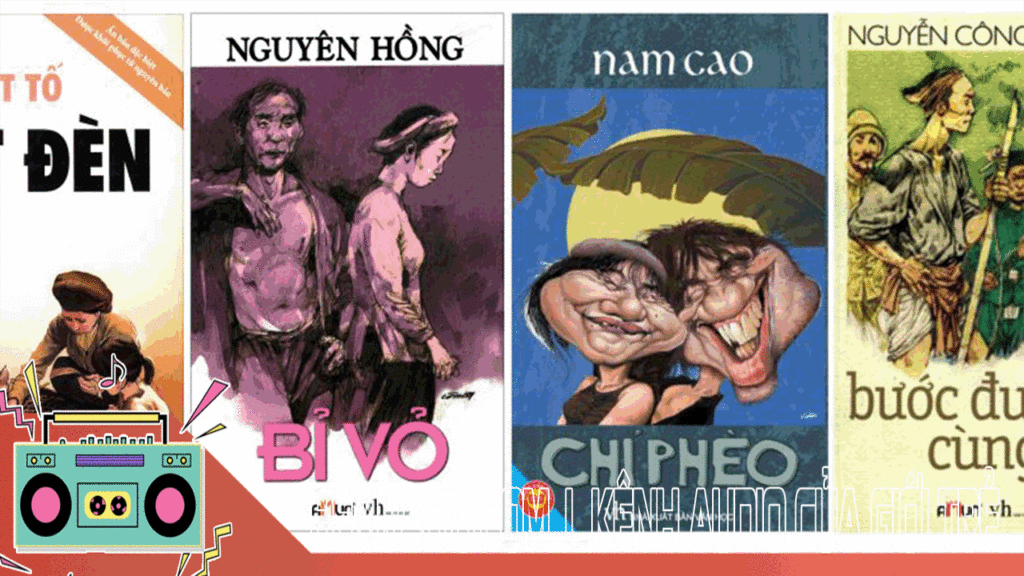Vietnamese literature is a vibrant reflection of the country’s long and complex history. It weaves together thousands of years of oral storytelling, Chinese literary influence, indigenous cultural expression, and modern global narratives. For foreigners seeking to understand Vietnam beyond its picturesque landscapes and flavorful cuisine, delving into Vietnamese literature is an essential and deeply rewarding experience.
This article provides an in-depth introduction to the evolution, themes, and key figures of Vietnamese literature—from folk traditions to modern novels—highlighting why it deserves a place on every global reader’s shelf.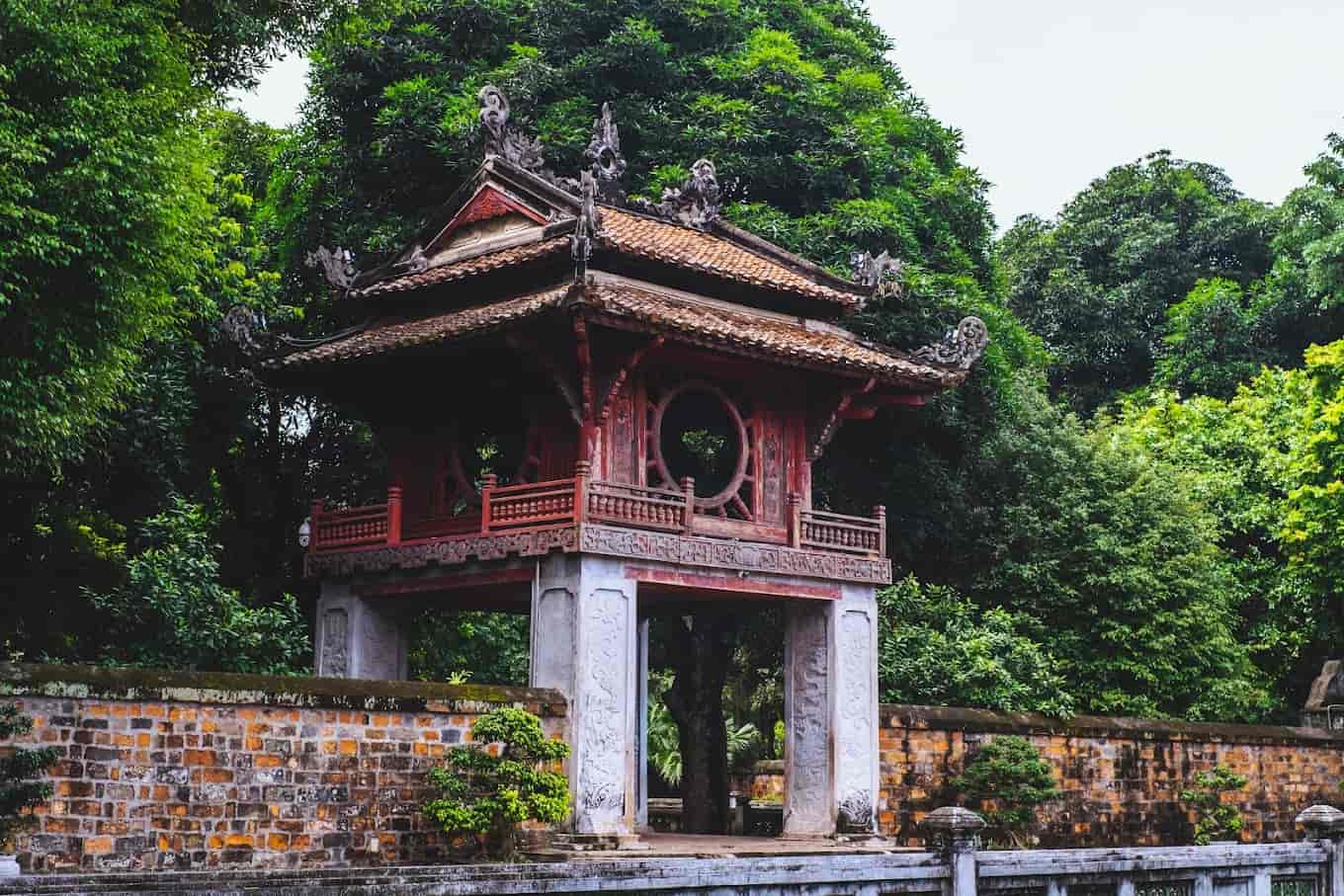
1. What Is Vietnamese Literature?
Vietnamese literature is the body of written and oral works produced by Vietnamese people in various forms of language over the centuries. It includes folk tales, myths, proverbs, poetry, plays, novels, and essays, composed in different scripts: Classical Chinese (Chữ Hán), Nôm (adapted Chinese characters), and Quốc Ngữ (modern Latin-based Vietnamese).
Vietnamese literature is often categorized into two main types:
- Folk (Oral) Literature: Pre-literate, anonymous works passed down through generations
- Written Literature: Composed texts that began emerging more significantly after Vietnam’s independence from China in the 10th century
Both types are intertwined, shaping Vietnam’s cultural memory and intellectual identity.
2. The Historical Development of Vietnamese Literature
2.1 Folk Literature: The People’s Voice
Before writing systems were formalized, the Vietnamese preserved their culture through oral traditions. This early form of Vietnamese literature expressed everyday life, beliefs, and societal values through:
- Myths and Legends: Like the origin story of Lạc Long Quân and Âu Cơ
- Fairy Tales: Such as Tấm Cám, Vietnam’s version of Cinderella
- Epic Songs and Ca Dao: Emotional, rhythmic folk poems often sung by villagers
- Proverbs and Riddles: Used in teaching and conversation
Folk literature has maintained a critical role in preserving the spirit and worldview of Vietnamese communities across generations.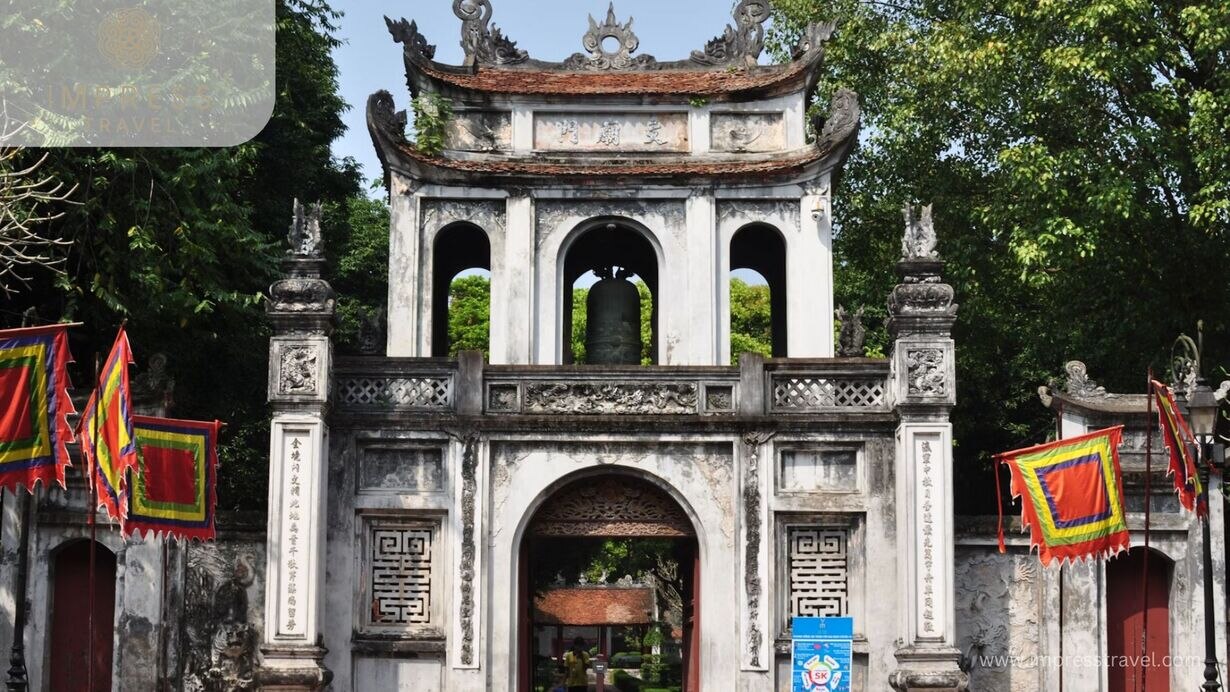
2.2 Classical Literature: The Age of Chữ Hán and Chữ Nôm
Vietnamese written literature began during the feudal period (10th to 19th centuries), heavily influenced by Chinese Confucian, Taoist, and Buddhist texts.
- Chữ Hán: Classical Chinese used for scholarly and official purposes. Many Vietnamese scholars and poets composed their works in this language, emulating Chinese literary models.
- Chữ Nôm: An indigenous writing system developed in the 13th century that allowed Vietnamese sounds and words to be expressed using adapted Chinese characters.
This era saw the flourishing of poetry and essays reflecting loyalty, ethics, spirituality, and nationalism.
Notable authors and works:
- Nguyễn Trãi (1380–1442) – Politician, scholar, and poet, known for his powerful patriotic writings
- Nguyễn Du (1765–1820) – Author of the literary masterpiece The Tale of Kiều (Truyện Kiều), a 3,254-verse epic poem written in Nôm that is often regarded as Vietnam’s national epic
2.3 The Transition to Quốc Ngữ and Modern Literature
With the arrival of Portuguese missionaries in the 17th century, a Latin-based writing system known as Quốc Ngữ was developed to transcribe the Vietnamese language. However, it was not until the French colonial period (19th–20th centuries) that Quốc Ngữ became widely adopted.
This shift sparked a literary revolution:
- Newspapers and Journals emerged
- Prose fiction, including short stories and novels, became popular
- European literary influences began to merge with local themes
Key figures of early modern Vietnamese literature include:
- Trương Vĩnh Ký: One of the pioneers of Quốc Ngữ literature and journalism
- Hồ Biểu Chánh: Southern novelist known for his realism and morality tales
- Tự Lực Văn Đoàn (Self-Reliance Literary Group): A collective promoting individualism and social reform through novels and essays
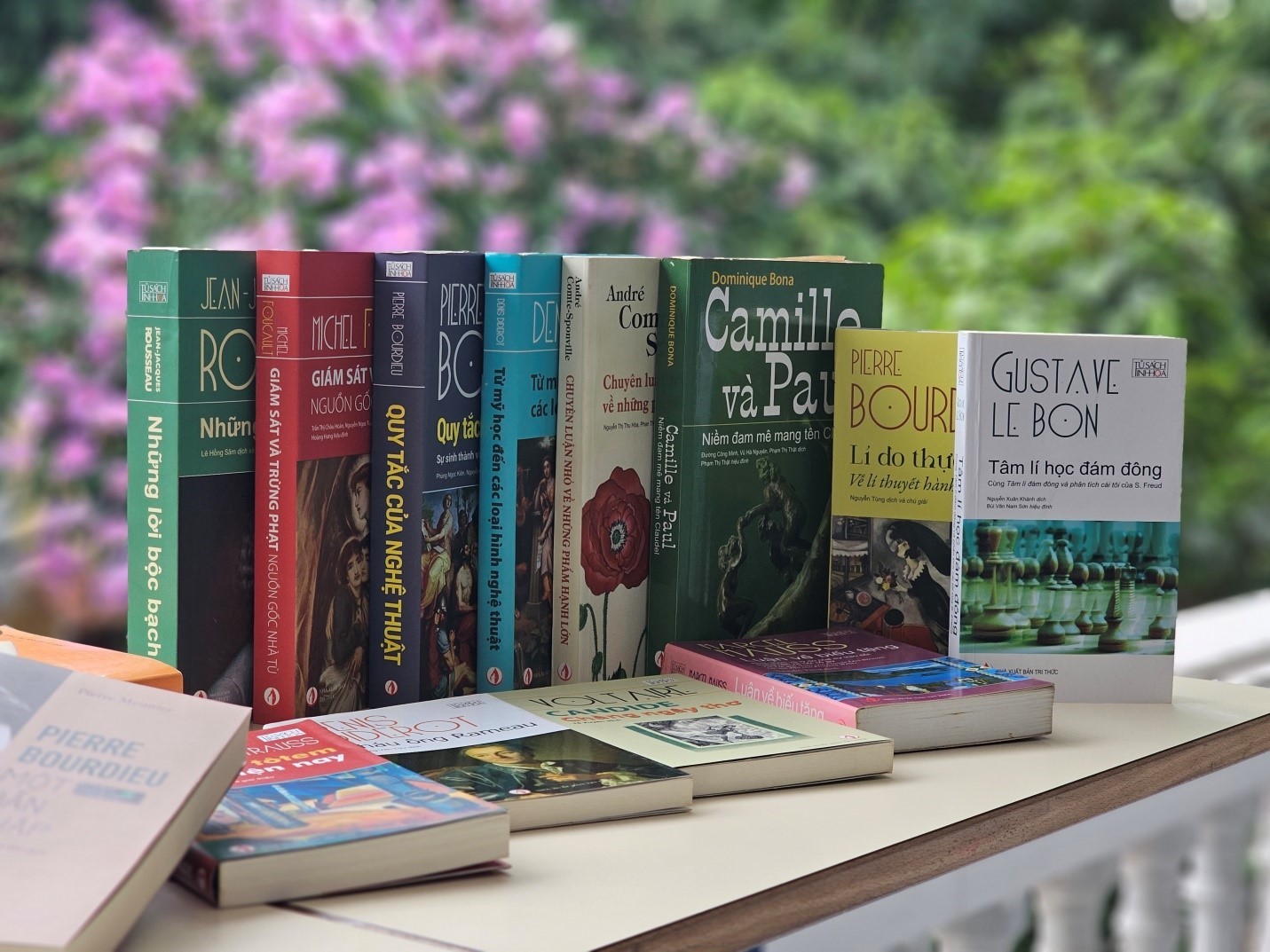
2.4 Postcolonial and Revolutionary Literature (1945–1975)
The 20th century marked a turbulent era in Vietnam’s history, including wars against the French and Americans. Literature during this time served as a weapon and a witness:
- Socialist Realism dominated in North Vietnam
- Works glorified workers, peasants, and soldiers, emphasizing revolutionary ideals
- In South Vietnam, a broader range of themes emerged, from existentialism to urban alienation
Notable authors:
- Tố Hữu: The leading poet of the North, writing revolutionary and emotional verse
- Nam Cao: Known for Chí Phèo, a short story that critiques social exclusion
- Vũ Trọng Phụng: Satirical novelist who challenged colonial corruption and hypocrisy
2.5 Contemporary Vietnamese Literature (Post-Đổi Mới)
After the economic reform policies of Đổi Mới in 1986, Vietnamese literature entered a new era of openness and self-exploration. Writers began to examine personal identity, trauma, postwar realities, and modernization.
Themes of contemporary Vietnamese literature include:
- Loss and memory after the Vietnam War
- Cultural identity in a globalized world
- Psychological and existential exploration
Prominent voices today:
- Bảo Ninh: Author of The Sorrow of War, a haunting novel about postwar trauma
- Nguyễn Huy Thiệp: Known for dark, modern short stories
- Dương Thu Hương: Female novelist whose bold works challenge political norms
In the Vietnamese diaspora, authors like Viet Thanh Nguyen (Pulitzer Prize winner for The Sympathizer) and Ocean Vuong (poet and novelist) have brought Vietnamese perspectives to a global stage.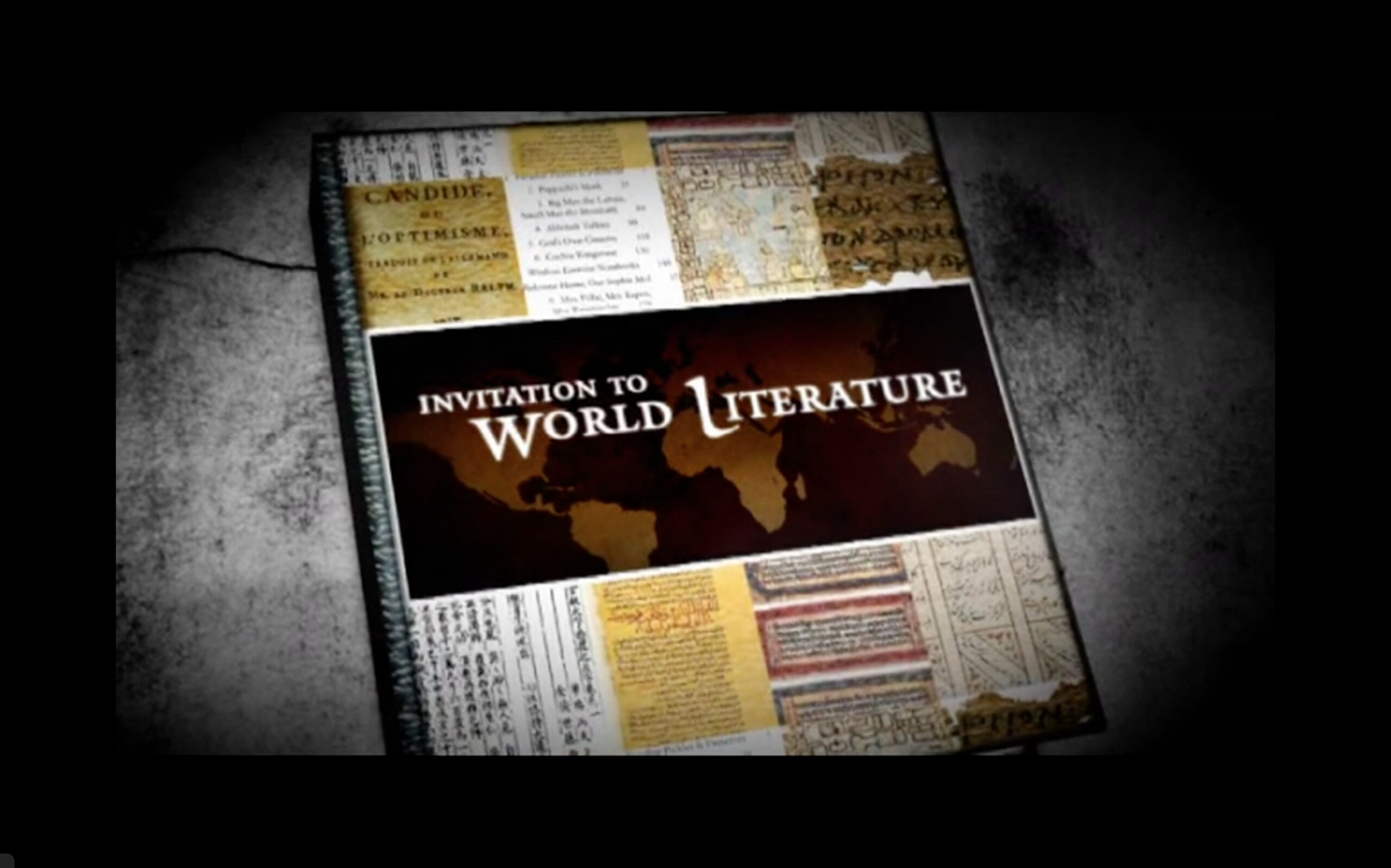
3. Key Genres in Vietnamese Literature
3.1 Poetry
Vietnamese poetry is rich and expressive, marked by traditional forms like:
- Lục bát (6-8 meter): Popular folk style used in The Tale of Kiều
- Song thất lục bát (7-7-6-8): Used in romantic and philosophical poetry
Modern poets broke free from structured forms to experiment with symbolism and free verse.
Famous poets:
- Xuân Diệu: Romantic and sensuous
- Hàn Mặc Tử: Mystical and surreal
- Chế Lan Viên: Philosophical and political
3.2 Prose Fiction
The rise of prose marked a turning point in Vietnamese literature. From village tales to psychological novels, fiction has allowed authors to probe the complexities of Vietnamese life.
Essential prose works:
- Tat Den (Turn Off the Light) by Ngô Tất Tố – A critique of feudal oppression
- Chí Phèo by Nam Cao – A tragic story of a man rejected by society
- The Sorrow of War by Bảo Ninh – A postmodern take on the Vietnam War
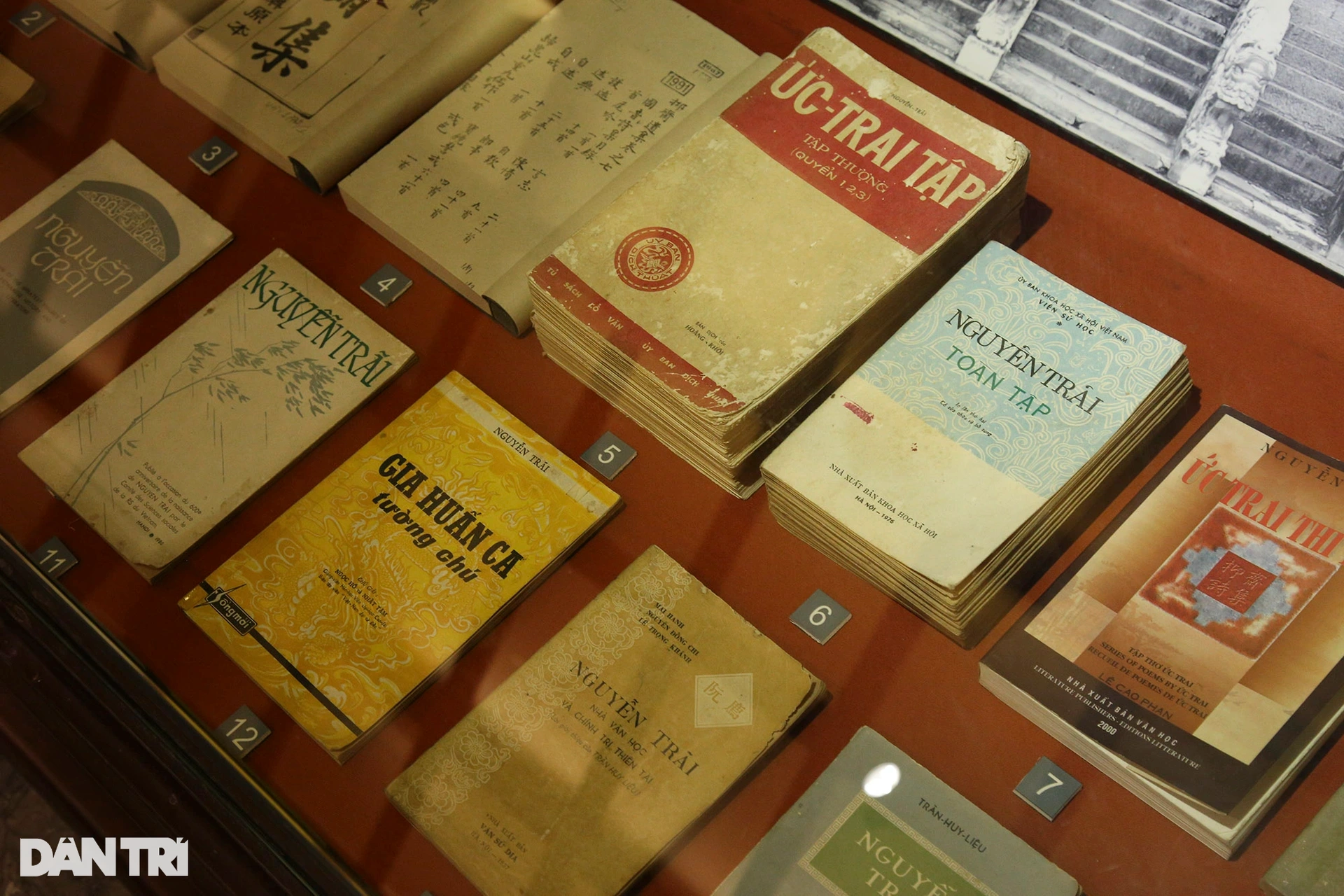
3.3 Folk Tales and Mythology
Still widely taught and read, Vietnamese folk tales emphasize:
- Good vs. evil
- Filial piety
- Love and loyalty
These stories often feature supernatural beings, wise animals, and moral lessons. Popular examples include:
- Tấm Cám
- Sơn Tinh – Thủy Tinh
- Thạch Sanh
3.4 Theatre and Performance Literature
Vietnam’s literary culture is not limited to the page:
- Chèo: Satirical musical theater
- Tuồng: Classical drama
- Cải lương: Modern folk opera blending spoken and sung dialogue
Scripts for these performances are a major component of the literary heritage.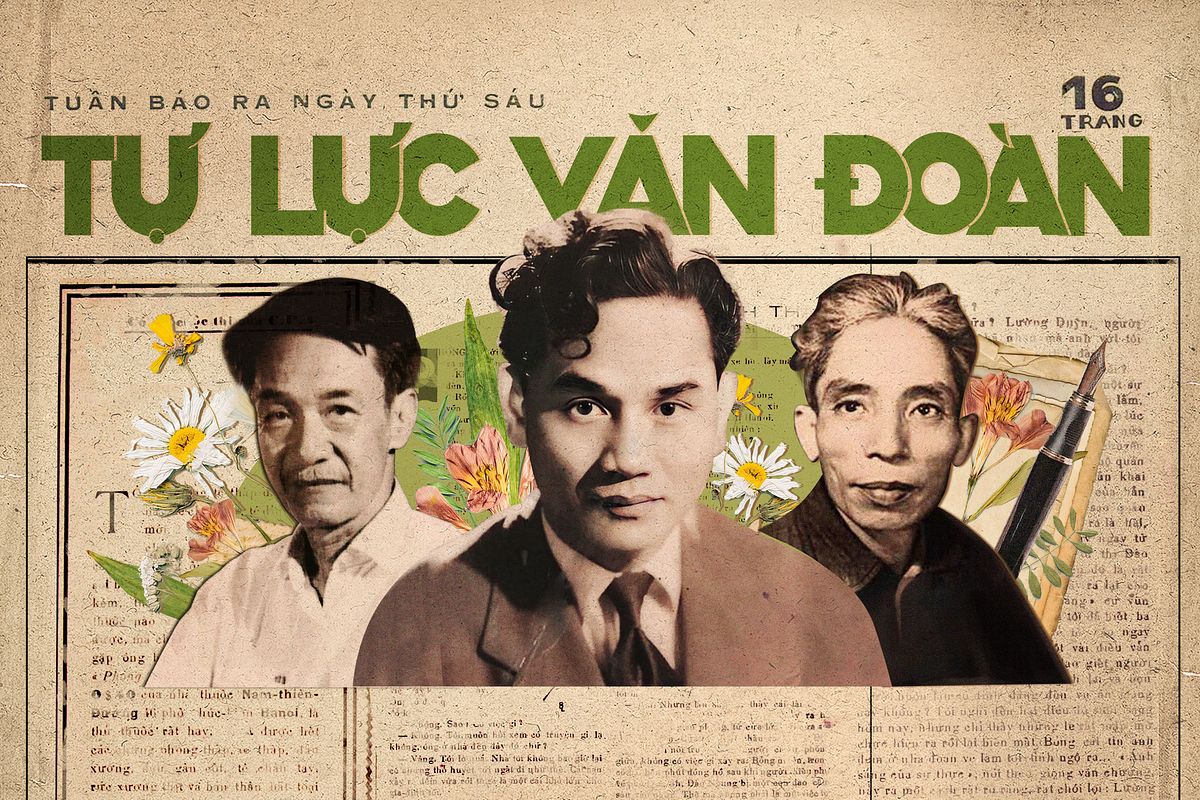
4. Distinctive Themes in Vietnamese Literature
Vietnamese literature is characterized by recurring themes:
- Love for the homeland: Seen in resistance poetry and patriotic novels
- Humanism: Deep empathy for the suffering of ordinary people
- Moral values: Honesty, sacrifice, family loyalty
- Struggle for justice: Literature has long been a tool to critique social inequality
- Adaptation and identity: Especially in contemporary works, reflecting global influences
5. Suggested Reading List for Foreigners
| Title | Author | Type | Summary |
| The Tale of Kiều | Nguyễn Du | Epic Poem | Tragic love story rich in Vietnamese values |
| The Sorrow of War | Bảo Ninh | Novel | Postwar trauma and fragmented memory |
| Chí Phèo | Nam Cao | Short Story | An outcast struggles against a cruel society |
| Tat Den | Ngô Tất Tố | Novel | Peasant life under colonial taxes |
| Paradise of the Blind | Dương Thu Hương | Novel | A woman questions traditional values during Vietnam’s economic reforms |
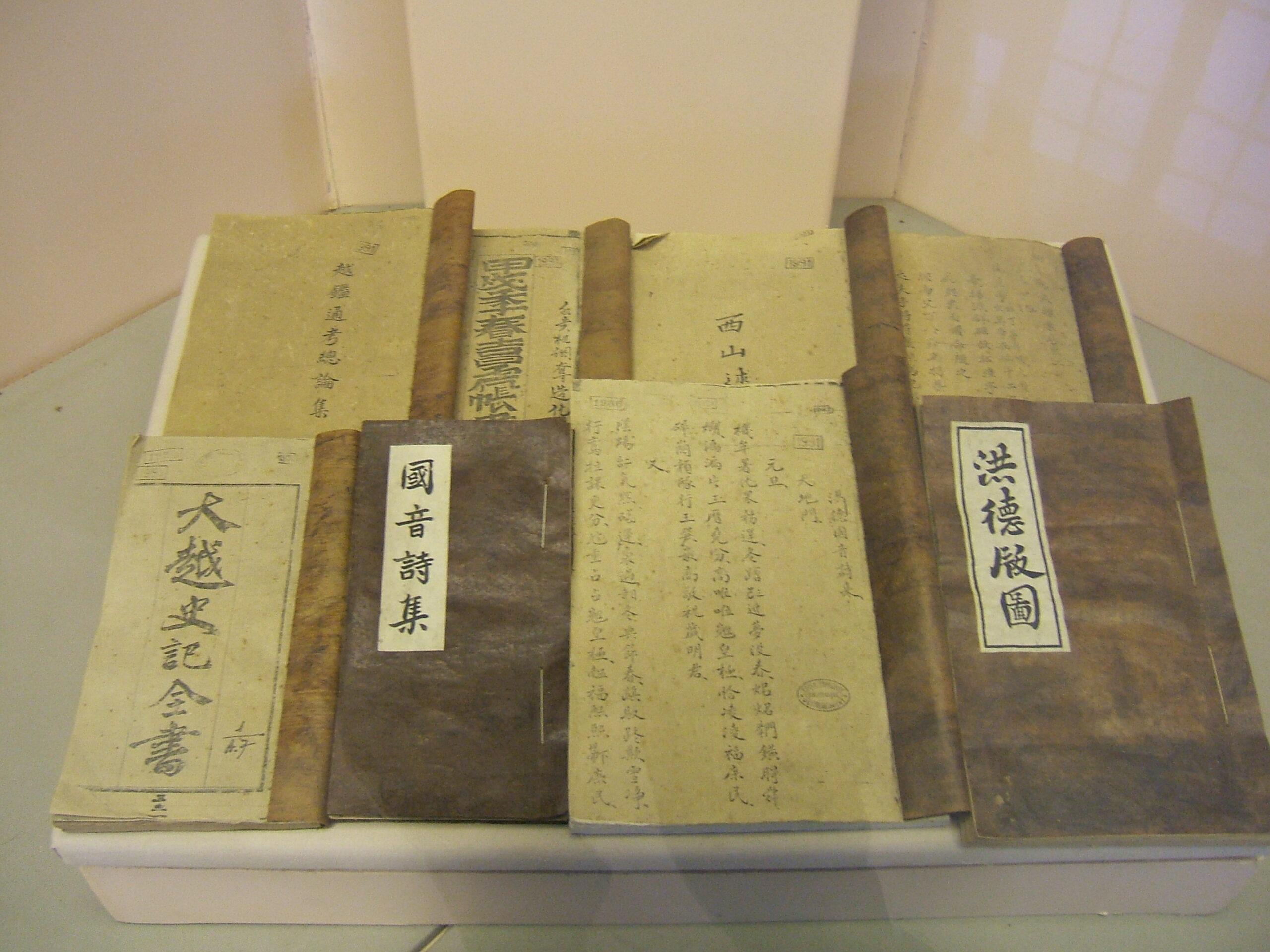 Why Vietnamese Literature Matters to the World
Why Vietnamese Literature Matters to the World
Vietnamese literature is more than a reflection of national history—it’s a deeply emotional, artistic, and philosophical expression of human experience. Through its evolution, Vietnamese literature has preserved the voices of generations, resisted oppression, and adapted to cultural change with resilience and grace.
For global readers, it offers:
- A fresh lens on Asian literature
- A deeper understanding of Vietnamese culture and values
- Powerful stories of love, resistance, identity, and transformation
By exploring Vietnamese literature, you don’t just read stories—you step into the spirit of Vietnam. Let’s continue your journey into one of Southeast Asia’s richest literary traditions with Vietnam Travel.
See more post: Vietnamese history: A 4000-year tale of resilience, resistance, and cultural identity
